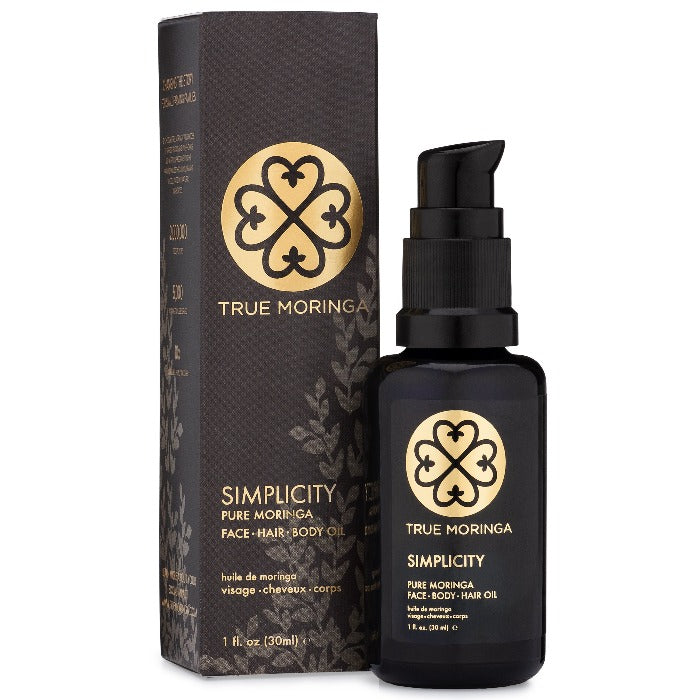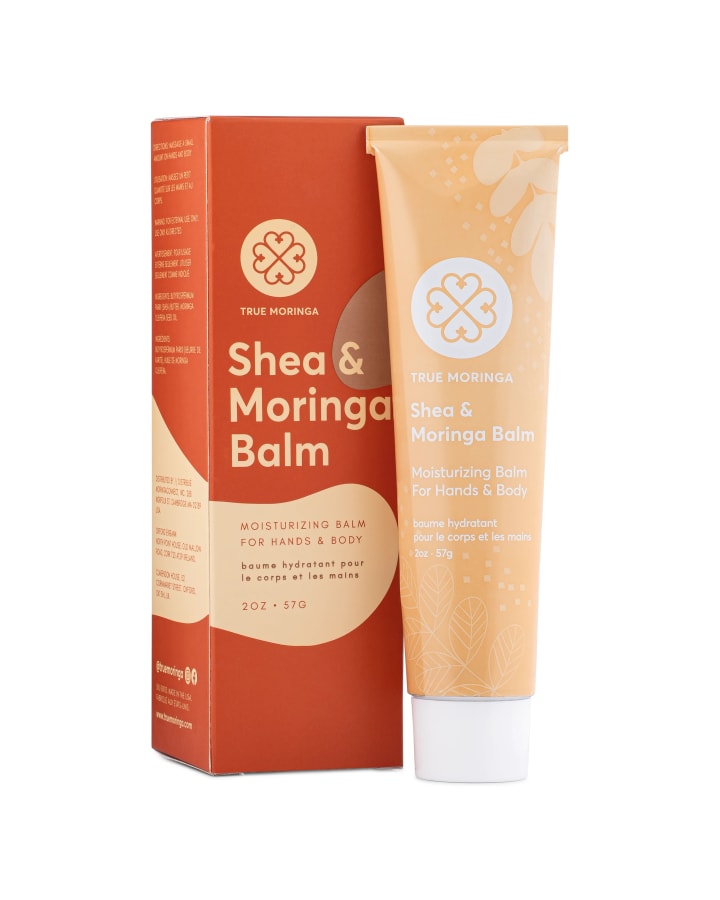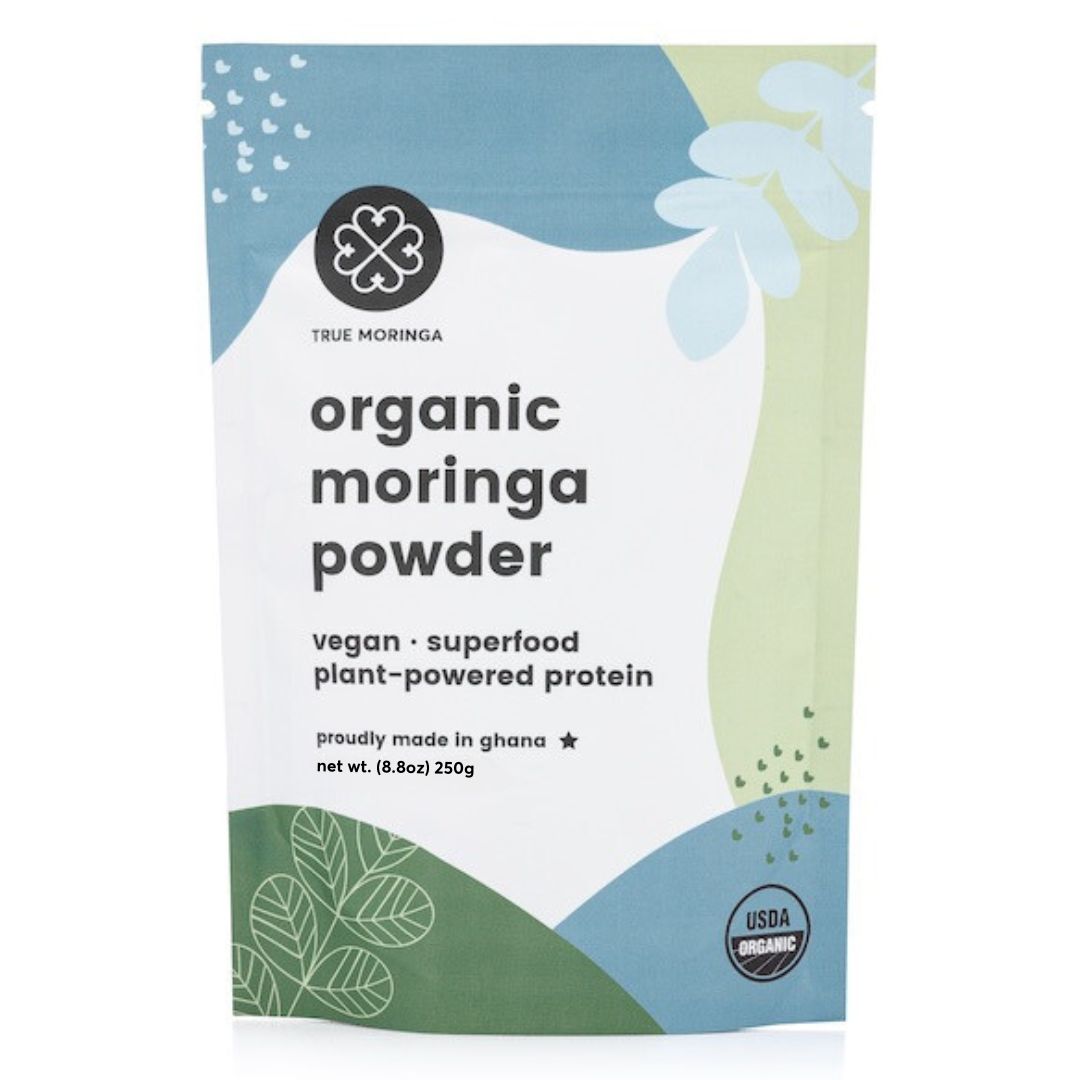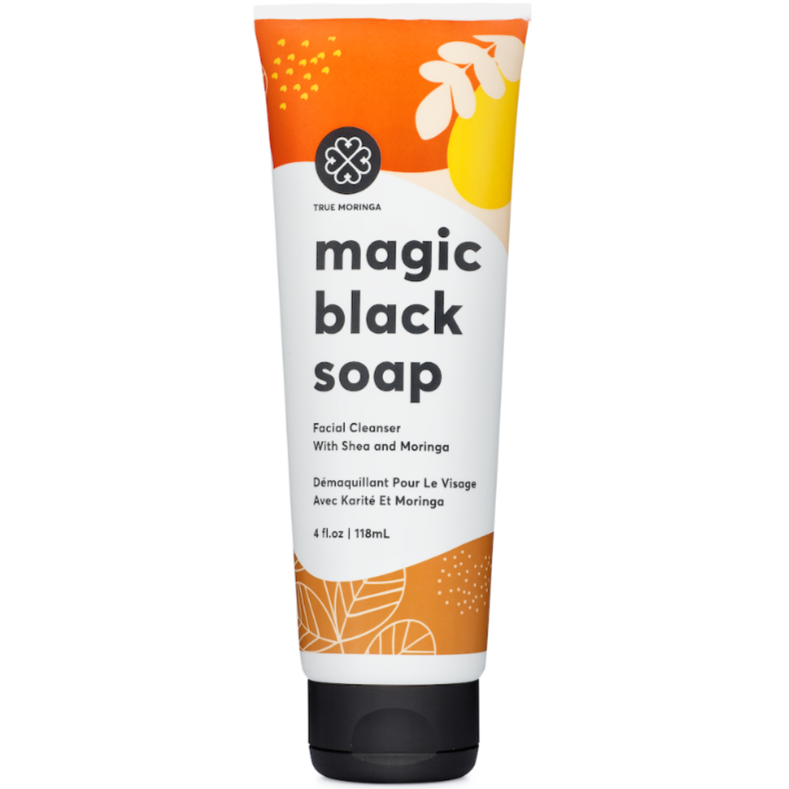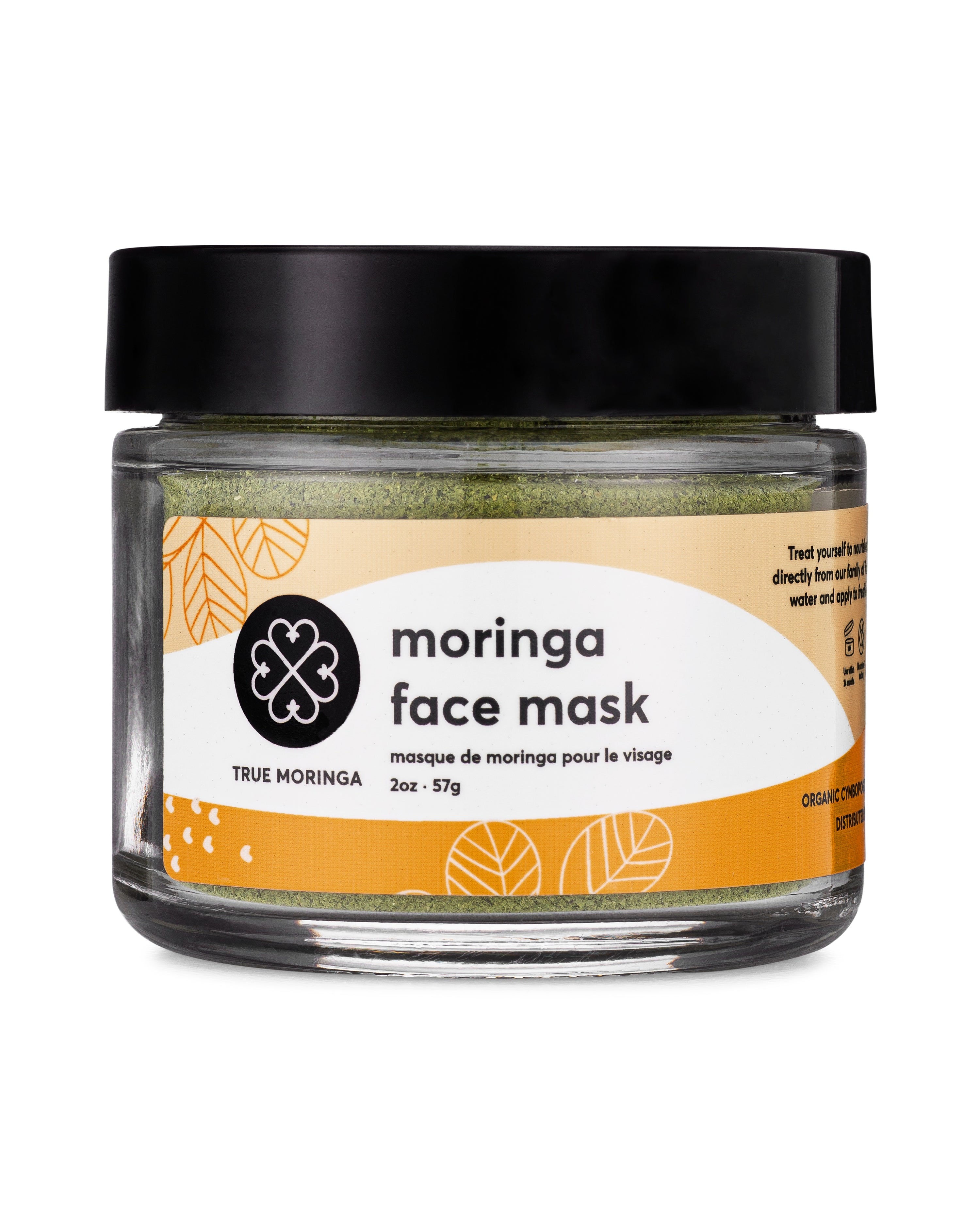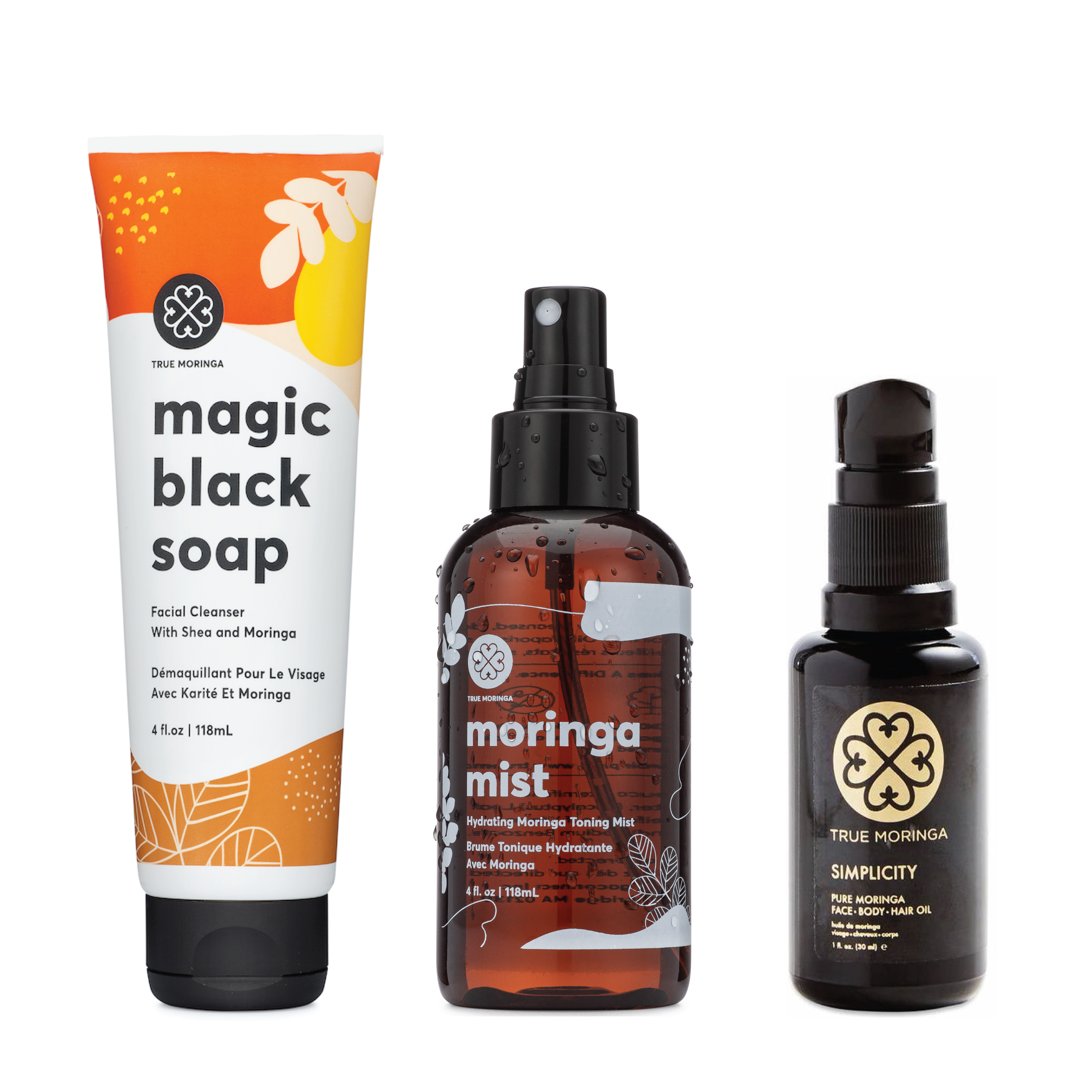


Cosmetic Contaminations Part I: Water
Knowing the damage that cosmetic chemicals can do to our bodies—not to mention the infinite benefits of beauty products made from natural ingredients—is enough to make any health-conscious person turn their backs on the conventional cosmetics industry. But there’s another, maybe even more important reason to be doing just that: in addition to harming our own health, the ingredients and practices used by large scale cosmetics companies are incredibly detrimental to the world around us.
Environmental issues are at the heart of True Moringa’s mission. Our agricultural programs in Ghana are focused on planting trees, organic farming, and increasing people’s livelihoods through sustainable, small-scale production.
To help our customers better understand why we think this approach is so important, I’ll be doing a series over the next few weeks on some of the ways that conventional cosmetics are hurting the environment.
Cosmetic Contaminations Part I: Water
Considering water is an essential building block for every aspect of life on our planet, you’d think those dependent on it (read: every living being) would treat it with some respect. On the contrary, humankind has been guzzling, polluting and generally wasting this precious resource at rates we’re soon likely to regret.
Virtually every major industry is responsible for some degree of water over-usage, but few contribute to water pollution as directly as the cosmetics and beauty industry, because everything in these products ends up getting washed down the drain and directly into our rivers, lakes, and oceans.
One of the mightiest, yet tiniest culprits is called microbeads, or microplastics. This category includes any plastic less than 5mm in diameter, often consisting of non-biodegradable materials like polyethylene, polystyrene, and polypropylene. Microplastics are a reality of many industries (they even ware off of plastic-based clothing like polyester in the washing machine), but are especially prevalent in beauty products—think of those tiny beads in your exfoliating face wash!
The problem with microplastics is that they are so small that they aren’t filtered out in wastewater treatment plants. Instead, these tiny beads end up in our waterways where they mimic plankton, an important staple in the aquatic food chain. In their journey from factory to fish food, they also absorb all sorts of toxins, further polluting waters and poisoning fish.
Then, guess who eats the fish?
Luckily, there are tons of natural alternatives to microplastics for exfoliation that actually benefit your skin, unlike rubbing synthetic beads against your face. Look for products that use sea salt, sugar, or crushed coffee beans to gently exfoliate your skin, or check out our guide to natural exfoliation here.
Unfortunately, plastics are just the tip of the iceberg when you look at everything the conventional cosmetics industry is collectively dumping down the drains. Many of the chemicals common in face wash, soap, shampoo and conditioner, makeup and moisturizer are toxic to aquatic and amphibian life, causing behavior and growth changes, genetic mutations, and mortality.
A few of the major offenders to watch out for are phthalates, p-phenylenediamine, BHA and BHT, dioxane, triclocan, and diethanolamine.
And just like we end up eating the fish, these toxins have a way of finding their way back to us as well. Just think about the water cycle...

